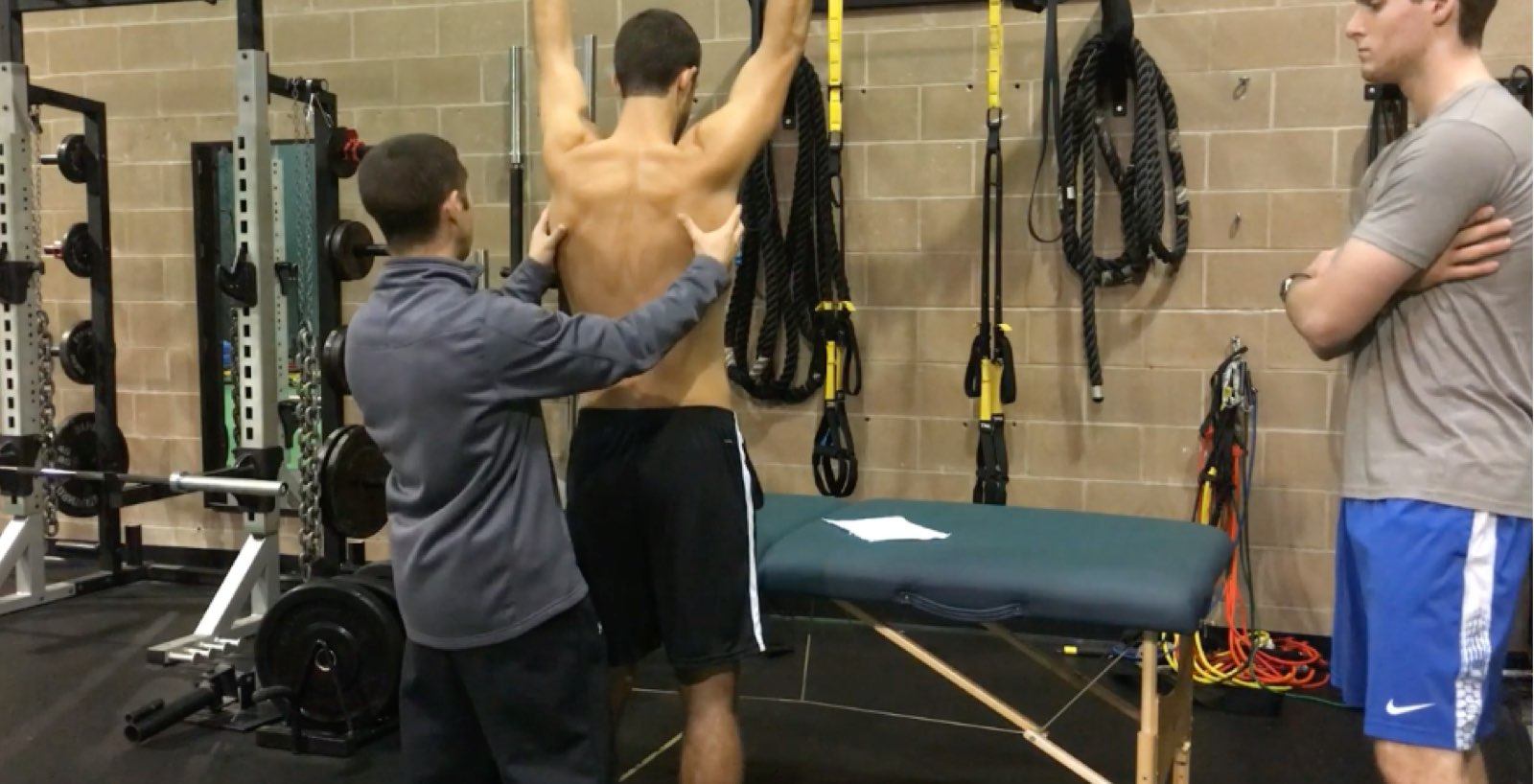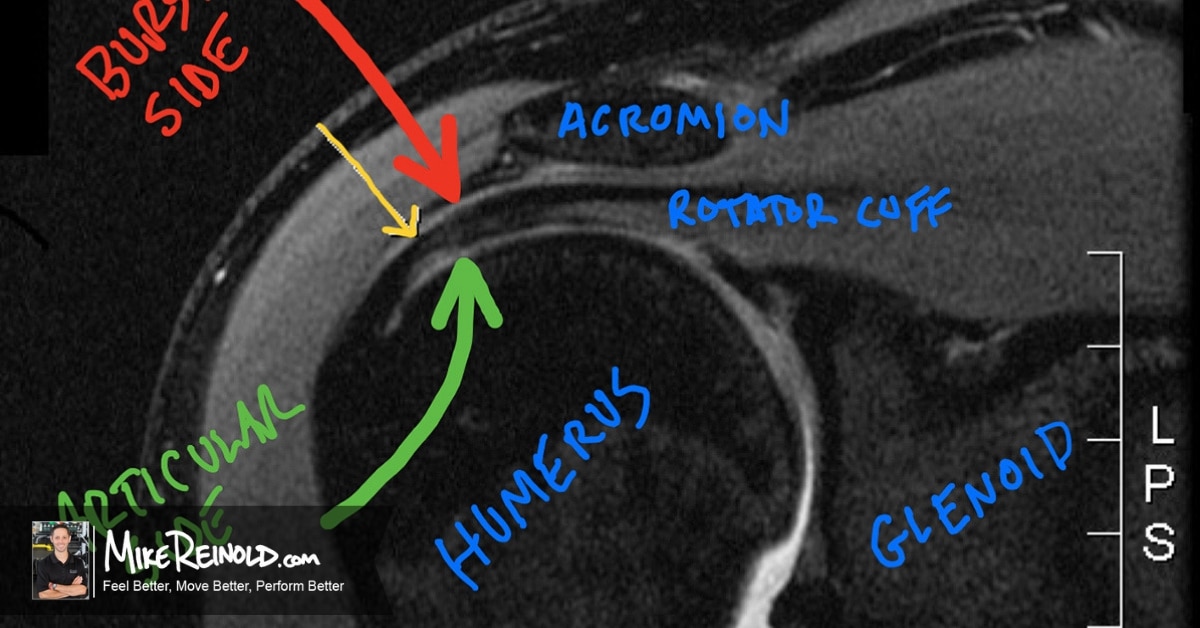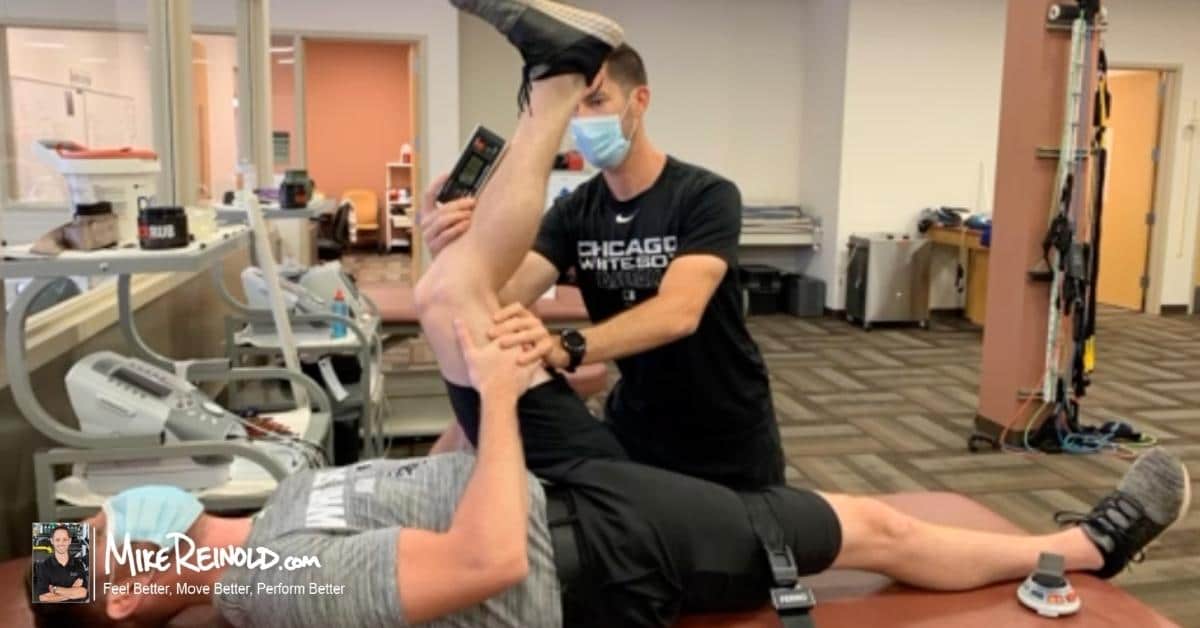The latest Inner Circle webinar recording on How to Assess the Scapula is now available.
How to Assess the Scapula

In this webinar, I’ll cover:
- What to look for in regard to static posture and scapular position
- How to check to see if static postural asymmetries really have an impact on dynamic scapular movement
- What really is normal scapulothoracic rhythm (if there really is a such thing as normal!)?
- How to reliably assess for scapular dyskinesis
- How winging during the concentric and eccentric phases of movement changes my thought process
- How to see if scapular position or movement is increasing shoulder pain
- How to see if scapular position or movement is decreasing shoulder strength
To access this webinar:




